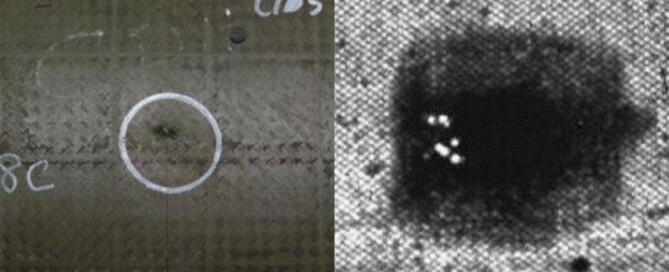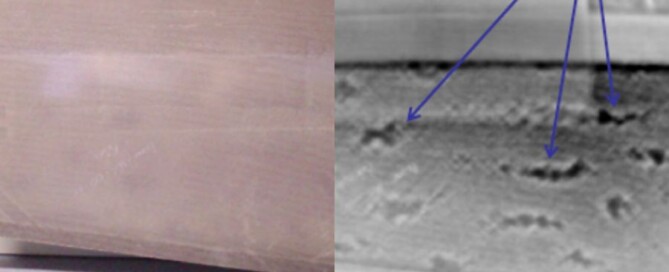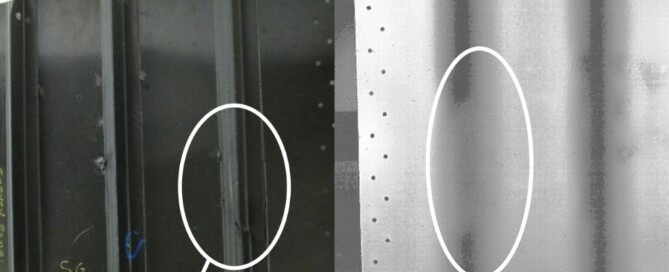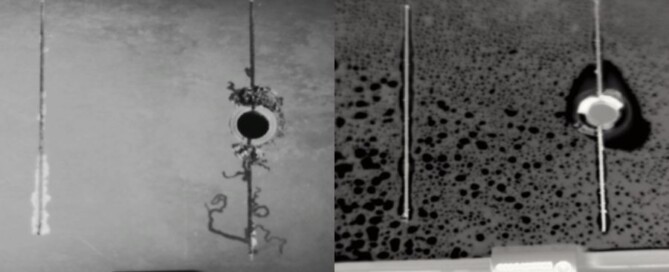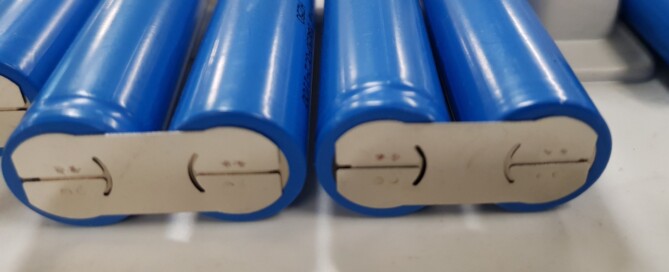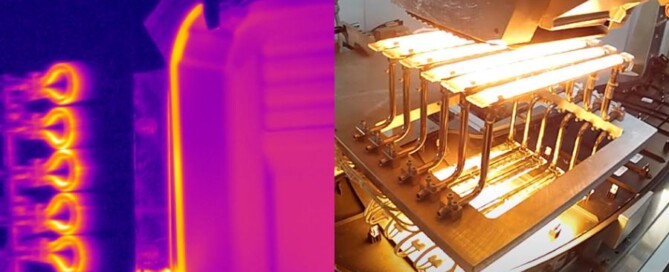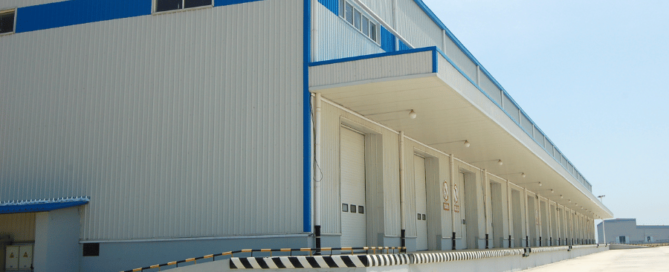Honeycomb Core Material Inspection of Water Ingress
Inspection of Water Ingress in Honeycomb Core Material Water ingress in honeycomb core material is a critical issue in aerospace, automotive, and construction industries as it can compromise structural integrity and lead to significant damage over time. Traditional inspection methods, such as visual inspection and ultrasonic testing, have limitations in detecting and characterizing water [...]

